Notebook
-
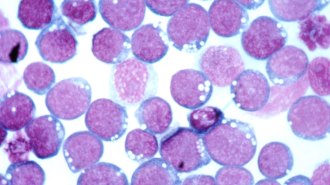 Health & Medicine
Health & Medicine50 years ago, scientists found a virus lurking in human cancer cells
In 1971, scientists were building a case for viruses as a cause of cancer. Fifty years later, cancer-preventing vaccines are now a reality.
-
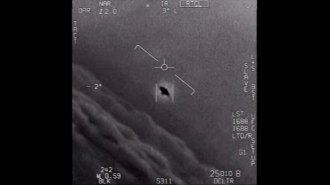 Science & Society
Science & Society50 years ago, UFO sightings in the United States went bust
In 1971, reports of unidentified flying objects were on the decline. Fifty years later, sightings have spiked thanks in part to pandemic lockdowns.
-
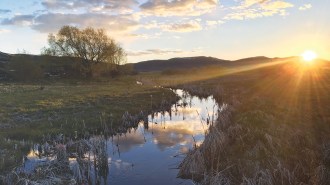 Ecosystems
EcosystemsAs ‘phantom rivers’ roar, birds and bats change their hunting habits
A massive experiment in the Idaho wilderness shows it’s not just human-made noises that impact ecosystems. Natural noises can too.
By Nikk Ogasa -
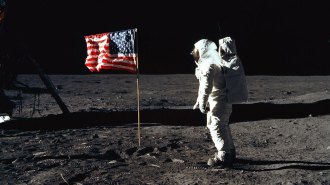
50 years ago, NASA relaxed quarantine rules for returning moon missions
Fifty years after NASA declared that moon missions returning to Earth weren’t a contamination risk, protocols for planetary missions are under review.
By Aina Abell -
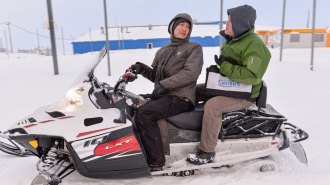 Science & Society
Science & Society50 years ago, scientists predicted steady U.S. population growth
The country’s annual population growth rate, mostly stable since the 1970s, is now the lowest it’s been in over a century.
By Sujata Gupta -
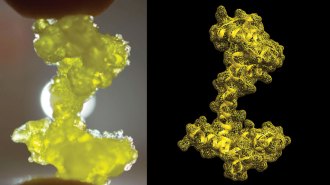 Chemistry
ChemistryA sweet father-son bond inspires tasty new molecule models
New edible models of proteins could spark students’ interest in the world of chemistry, especially students who are blind.
By Carmen Drahl -
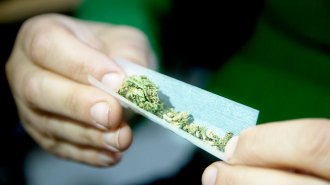 Health & Medicine
Health & Medicine50 years ago, scientists claimed marijuana threatened teens’ mental health
In the 1970s, scientists linked pot use to mental health woes in teens. Such concerns have helped keep the drug illegal for teens for 50 years.
By Mike Denison -
 Science & Society
Science & Society50 years ago, the United States wanted to deflate the helium stockpile
An attempt to dismantle the Federal Helium Reserve in 1971 failed. Fifty years later, the U.S. government is still determined to run out of gas.
-
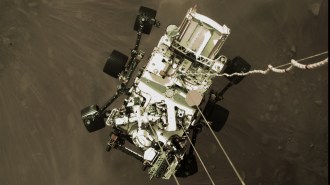 Space
Space50 years ago, experiments hinted at the possibility of life on Mars
In 1971, lab experiments suggested organic molecules could be made on Mars. Fifty years later, robots are searching for such signs of life on the planet itself.
-
 Health & Medicine
Health & Medicine50 years ago, researchers treated chronic pain with electricity
In 1971, doctors eased chronic pain by sending electrical impulses to the spinal cord. Fifty years later, improved techniques help paralyzed people walk.
-
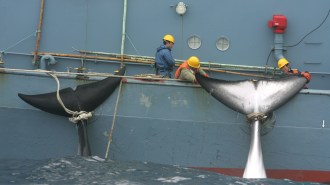
50 years ago, U.S. commercial whaling was coming to an end
Commercial whaling has brought many whale species to the brink of extinction. But after bans, some show signs of recovery.
-
 Health & Medicine
Health & MedicineA music therapist seeks to tap into long-lost memories
Alaine Reschke-Hernández is partnering with neuroscientists to figure out how music improves Alzheimer’s patients’ lives.